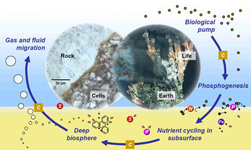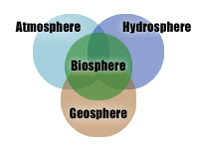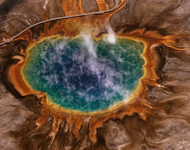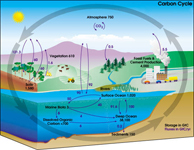Robert
Hazen
Carnegie Institution of Washington
George Mason University
Robert M. Hazen, research scientist at the Carnegie Institution of Washington’s Geophysical Laboratory and Clarence Robinson Professor of Earth Science at George Mason University, received the B.S. and S.M. in geology at the Massachusetts Institute of Technology (1971), and the Ph.D. at Harvard University in earth science (1975). After studies as NATO Postdoctoral Fellow at Cambridge University in England, he joined the Carnegie Institution’s research effort.
Hazen is author of more than 350 articles and 20 books on science, history, and music. A Fellow of the American Association for the Advancement of Science, he has received the Mineralogical Society of America Award (1982), the American Chemical Society Ipatieff Prize (1986), the ASCAP Deems Taylor Award (1989), the Educational Press Association Award (1992), the Elizabeth Wood Science Writing Award (1998), and the Distinguished Public Service Medal of the Mineralogical Society of America (2009).
He has presented numerous named lectures at universities, and is currently Sigma Xi Distinguished Lecturer (2008-2010). He served as Distinguished Lecturer for the Mineralogical Society of America, and is a Past President of the Society. Hazen’s recent research focuses on the role of minerals in the origin of life, including such processes as mineral-catalyzed organic synthesis and the selective adsorption of organic molecules on mineral surfaces. He has also developed a new approach to mineralogy, called “mineral evolution,” which explores the co-evolution of the geo- and biospheres.
In addition to his mineralogical research, he is Principal Investigator of the Deep Carbon Observatory (http://dco.ciw.edu), which is a 10-year international effort to achieve fundamental advances in understanding the chemical and biological roles of carbon in Earth’s interior.
|
The near-surface environment of terrestrial planets and moons evolves as a consequence of selective physical, chemical, and biological processes—an evolution that is preserved in the mineralogical record. Mineral evolution begins with approximately 12 different refractory minerals that form in the cooling envelopes of exploding stars. Subsequent aqueous and thermal alteration of planetessimals results in the approximately 250 minerals now found in unweathered lunar and meteorite samples. Following Earth's accretion and differentiation, mineral evolution resulted from a sequence of geochemical and petrologic processes, which led to perhaps 1500 mineral species. According to some origin-of-life scenarios, a planet must progress through at least some of these stages of chemical processing as a prerequisite for life. Once life emerged, mineralogy and biology coevolved and dramatically increased Earth's mineral diversity to>4000 species.
Sequential stages of a planet's near-surface evolution arise from three primary mechanisms: (1) the progressive separation and concentration of the elements from their original relatively uniform distribution in the presolar nebula; (2) the increase in range of intensive variables such as pressure, temperature, and volatile activities; and (3) the generation of far-from-equilibrium conditions by living systems. Remote observations of the mineralogy of other terrestrial bodies may thus provide evidence for biological influences beyond Earth.
Recent studies of mineral diversification through time reveal striking correlations with major geochemical, tectonic, and biological events, including large-changes in ocean chemistry, the supercontinent cycle, the increase of atmospheric oxygen, and the rise of the terrestrial biosphere. |
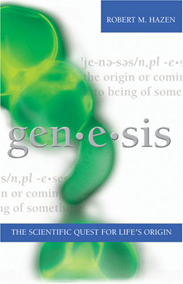
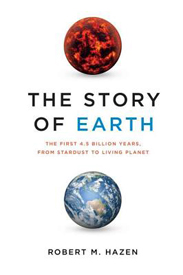
|
